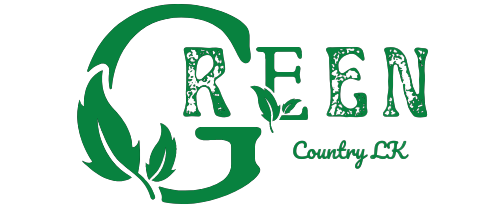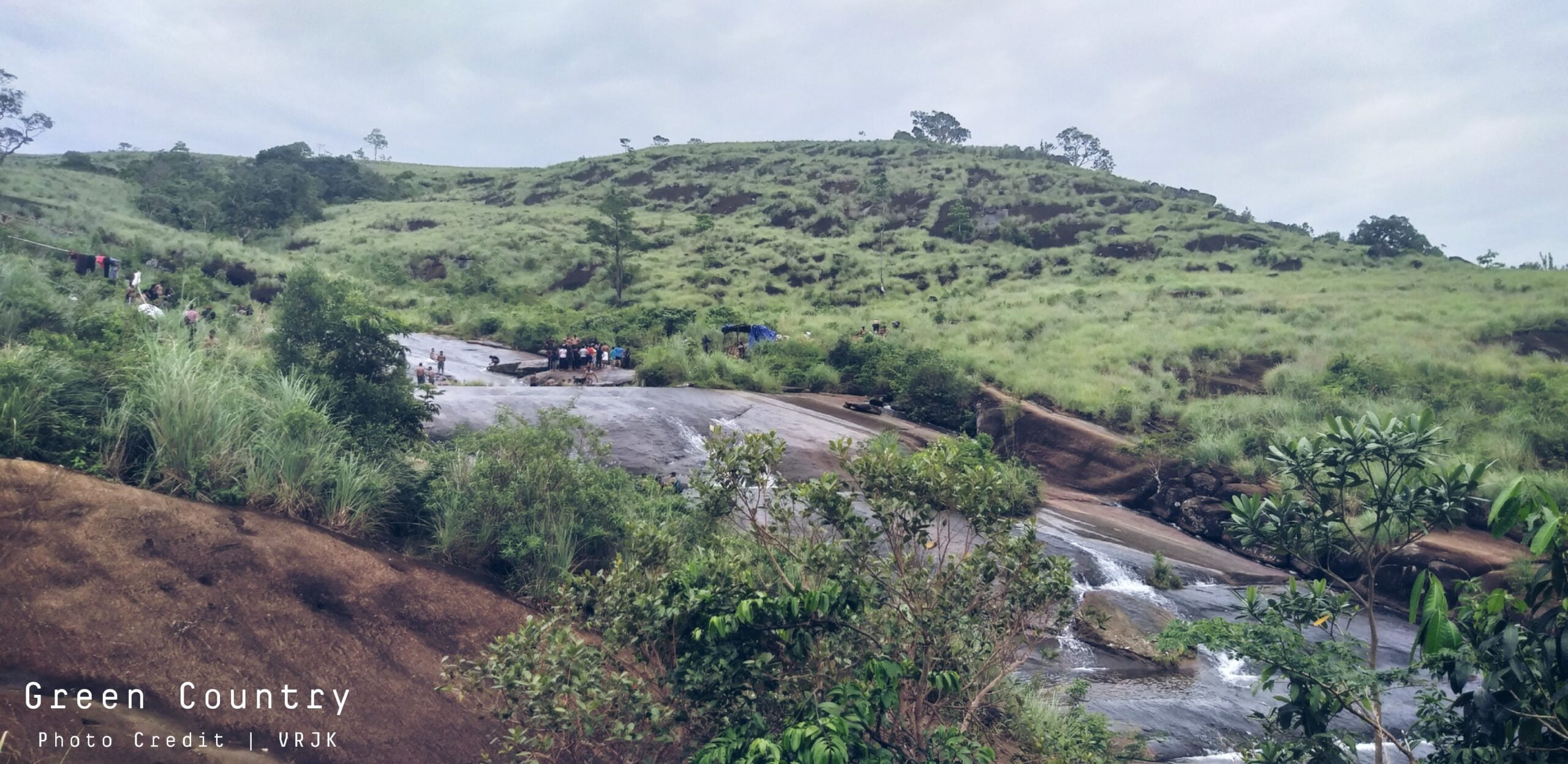The coconut tree is a palm plant. It is a non-branching plant. As well as, coconut trees have a fibrous root system. Coconut has also been found to be the only genus of genus cocos. The biological name here is Cocos nucifera.

This is how a coconut tree bears fruit.
A coconut tree bears fruit for the first time in 6 to 10 years. Also, it takes between 15 and 20 years for a coconut tree to reach maximum fruit production. Similarly, 4 or 6 years after planting a coconut tree, the yellow flowers begin to bloom. These flowers usually bloom in clusters. These flowers are attached to a slightly branched stalk. So after a while, these flowers turn into coconuts.
Coconut
Coconut is made up of a combination of outer and inner parts. There is a coconut shell inside the coconut husk. Here is the apricot inside this coconut shell.
Something to know:
Generally a well-grown coconut weights more than 1 kg.
 |
| Husk removed Coconuts |
 |
| Coconuts with Husk |
Things a coconut tree needs to grow
And even in places covered with other trees, we don’t see a coconut tree growing to its maximum.
Coconut cultivators
– Indonesia is currently the world’s largest coconut grower, according to recent data. It is reported that they produce about 15 million metric tons of coconut per year.
– As well as, the Philippines currently ranks second in terms of coconut cultivation. Although they have been number one in coconut cultivation for decades, they are now number two in the country due to the aging of coconut trees in the country in 2010 and the damage caused to the coconut plantations by various cyclones.
– By now about 25% of the cultivated lands in Indonesia are under coconut cultivation. Also, between 25% and 33% of the total population of the country are engaged in employment related to the coconut industry.
Indonesia is currently the world’s largest producer of coconut and copra.
– Coconut is widely grown in Kerala, Goa, Andhra Pradesh, Tamil Nadu, Maharashtra, West Bengal, Karnataka and Gujarat in India.
– Oman is one of the leading producers of coconut in the Middle East.
– Sri Lanka is also one of the major producers of coconut. Sri Lanka accounts for about 15% of the world’s total coconut production.
By the year 2017, coconut has been cultivated in about 12% of the total land area in Sri Lanka.
– From time immemorial there has been a strong focus on coconut cultivation in our country. Therefore, for the future betterment of coconut cultivation, several institutions such as the Coconut Development Board, the Coconut Cultivation Board and the Coconut Research Institute are being run in our country.
– In addition to the Middle Eastern and Asian countries mentioned above, coconut is also cultivated in countries such as the United States as well as Australia.
There are several types of coconuts grown in this way..
• Tall Coconut Varieties (Typica)
• Short Coconut Varieties (Nana)
• Intermediate Coconut Varieties (Aurantiaca)
Tall coconut varieties
Eight varieties of coconuts belonging to tall coconut varieties are found in Sri Lanka. A typical coconut tree grows to a height of about 18 feet [18 m]. Coconut trees of this genus take 6-8 years to flower. It is reported that the economic lifespan of this is about 60 years. Also, the annual copra yield obtained from this variety of coconut is high and the quality of the copra is high. However, this type of coconut yields as little as 40 nuts per tree per year. Below are 8 varieties of coconut belonging to the tall coconut cultivars.
Short coconut varieties
There are 4 varieties of coconuts belonging to the short coconut variety found in Sri Lanka. A coconut tree of this genus usually grows to a height of about 10 m. Coconut trees of this genus have a flowering period of 3-4 years but the economic life span is limited to 40 years. The annual copra yield of this variety of coconut is low and the quality of the copra is low.
However, a single coconut tree of this variety gives a high yield of 200-300 coconuts per year. The following are the 4 types of coconuts belonging to the short coconut cultivars.
1) Green dwarf
2) Red dwarf
3) Yellow dwarf
4) Brown dwarf
Intermediate coconut varieties
Four varieties of coconuts belonging to the intermediate coconut varieties are found in Sri Lanka. The average coconut tree grows to a height of about 12 feet [12 m]. Coconut trees of this genus have a flowering period of 5-6 years but the economic life span is limited to 40 years. The annual copra yield of this variety of coconut is low and the quality of the copra is low. Is. However, this variety of coconut gives a high yield of 200-300 coconuts per year. If there are 4 types of coconuts belonging to the short coconut varieties,
1) Thambili (King Coconut)
2) Nawasi Thambili
3) Ran Thambili
4) Bothal Thambili
 |
| King Coconuts |
Benefits of the Coconut Tree
We can get benefit from every part of a coconut tree.
– We eat coconut apricots. We also drink the liquid inside the coconut. We call this liquid coconut water. Look at the beer, how delicious it is .. Today many countries pack this drink and export it to other countries. Mostly Coconuts Water (Thambili juice) is used for this purpose.
– We also grind well-ripened coconuts and make delicious food from the coconut milk that comes from it. Today, with the advancement of technology, we can see things like powdered coconut milk that have been formulated to save our time.
– Coconut honey, coconut toddy, coconut arrack and coconut jaggery are also being produced from the liquid that flows after the flowers of the coconut tree are cut.
Vinegar is another important coconut product.
– Coconut oil is made using coconut apricots and we use it to prepare food.
– Coconut husk is an essential raw material for the coir industry. In some parts of the Southern Province as well as in areas such as Kurunegala there are many people who make a living by spinning coir ropes and making brooms.
– We get many benefits from coconut shell, making charcoal as well as using it instead of firewood in various handicrafts and wood stoves.
(We can see how coconut shells are used instead of firewood in Asian countries where coconut cultivation is more prevalent, including Sri Lanka)
– We make various packaging using coconut leaves/coconut husks. It is also important to use coconut leaves as well as coconut husks to make ornaments and arrows.
– As well as, the coconut trunk is a very strong type of wood. This is the main type of wood we use to make roofs when building houses in our country.
So this is a little note about the coconut tree, which gives us a thousand things, which we can’t miss.




















